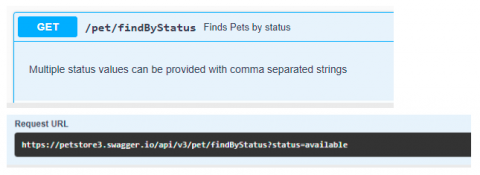Systems | Development | Analytics | API | Testing
API
How to consume RESTful APIs in Low-code
APIs are created so that users can use them as a bridge to connect to applications and services. There are thousands of APIs available for consumption, and each API is unique. But it’s really easy to consume APIs to extend the capabilities of your Linx apps, even complex ones that require OAuth 2.0 tokens. Let us show you how with a real-life example.
A Complete Guide to CORS (Cross-Origin Resource Sharing) for REST APIs
Many current web applications rely on near-frictionless and simultaneous access to numerous API providers' Web APIs. However, the web's default is to prohibit such "loose" behaviour, much like a firewall that blocks access to untrusted parties in the name of security. That default, thankfully, can be safely altered. Before doing so, however, it is necessary for both Web application developers and API providers to understand the concepts of Cross-Origin Resource Sharing (CORS).
Metrics and Logs Are Out, Distributed Tracing Is In
In this episode of Kongcast, I spoke with Chinmay Gaikwad, the tech evangelist at Epsagon, about distributed tracing and observability for microservices architectures. Check out the transcript and video from our conversation below, and be sure to subscribe to get email alerts for the latest new episodes.
Integrating Applications Through an API-First Approach
How to Generate a Redshift API
Generating Dynamic Signatures for API Authentication With Insomnia
Earlier this year, we hosted our inaugural Kong Summit Hackathon. This virtual competition engaged our open source community and offered recognition and prizes for hacks in various categories. The community delivered with ingenious plugins, hacks and documentation. In this blog post, we highlight our Insomnia plugin winner, Scott Harwell. Scott works with many hyperscalar cloud infrastructure vendors.
Kuma 1.4 and Kong Mesh 1.5 Released With RBAC, Windows Support, 2x Performance and 25+ New Features
We are happy to announce a new major release of Kuma, and a new major release of Kong Mesh built on Kuma! Kuma 1.4 ships with 25+ new features and countless improvements, particularly when it comes to performance. As previously announced at Kong Summit 2021, Kong Mesh ships we enterprise capabilities for large scale service mesh deployments, like RBAC, and native support for Windows VMs.
Faster Microservice-to-Microservice encrypted communication with Kong Mesh and Intel
Service Mesh is an infrastructure layer that has become a common architectural pattern for intra-service transparent communication. By combining Kubernetes a container orchestration framework, you can form a powerful platform for your microservices cluster, addressing the typical technical requirements that occur in highly distributed environments. A service mesh is implemented through a sidecar configuration, or proxy instance, for each service instance.










